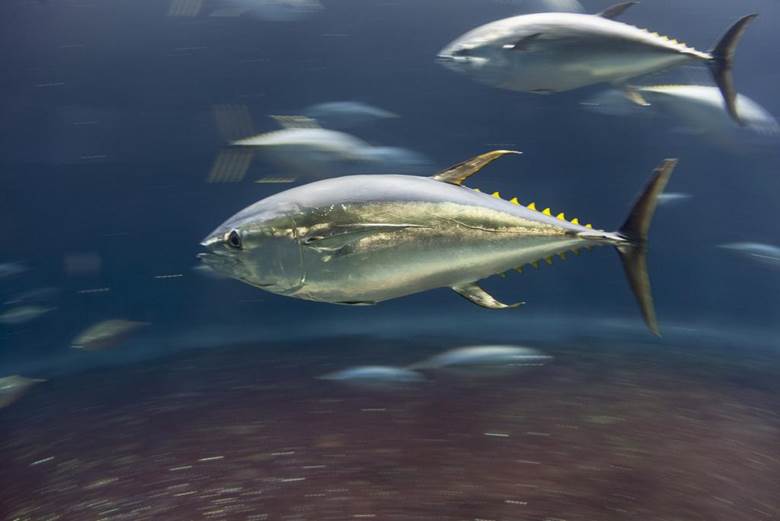Free Courses Sale ends Soon, Get It Now


Free Courses Sale ends Soon, Get It Now



Disclaimer: Copyright infringement not intended.
Context: Concerted effort by countries like the United States, Japan, Korea, Taiwan and Mexico for decades to check overfishing has reaped results. The biomass of the Pacific Bluefin Tuna has increased and is second-highest in recorded history, showed a new stock assessment. The stock assessment report was presented at a recent plenary meeting of the International Scientific Committee for Tuna and Tuna-Like Species in the North Pacific Ocean (ISC).
About:
© 2024 iasgyan. All right reserved